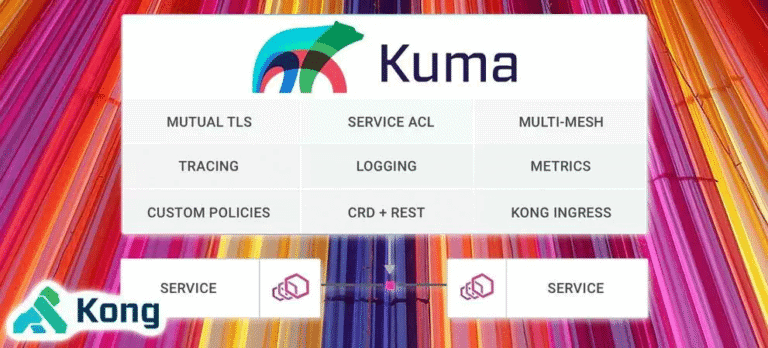According to an official statement, the Cloud Native Computing Foundation (CNFC) has accepted Kong’s open-source platform Kuma as a sandbox-level project.
This is a major win for the application programming interface management company that performed several updates on the tool before submitting it to the CNFC.
These updates (for microservices and monolithic-based apps) will make it easier for users to “deploy multitenant instances of the service mesh across different networking environments.”
The company’s service mash is based on Envoy, an open-source proxy, which is also hosted by the foundation.
In addition to this, Linkerd, another mesh service, is also on the same platform. However, Kong claims that Kuma’s lightweight makes it easier to deploy than other options.
What Are Service Meshes?
Service meshes are used to create an abstraction layer for easy deployment. They can automatically route application traffic across a number of network underlays. This removes the need to configure each app service for it to work on a specific network.
There are several service meshes out there, but Istio, created by Lyft, IBM, and Google, is undoubtedly the most popular. It’s made for Kubernetes, but supports other platforms as well.
Just like Kuma, Istio is also an open-source program. However, you will not find it on CNFC or any other such organization as it’s known to be complex to manage and deploy.
How Is Kuma Better?
According to the company, Kuma is lighter, more extensible than other options. Plus, it also scaled up better.
The latest updates make it a great option as it now supports remote plane and global replication across numerous data plane proxies.
The company hopes that the adoption of Kuma by CNFC will push more business to the development process.
